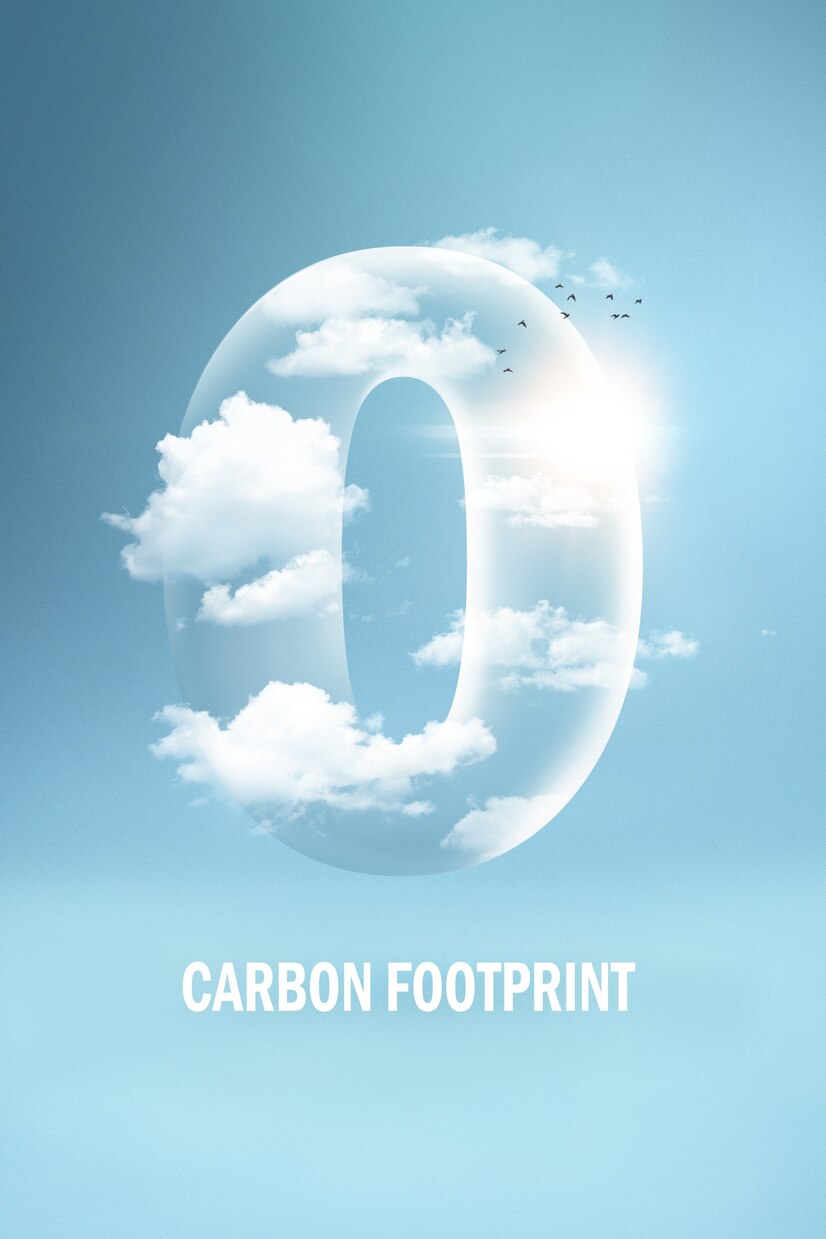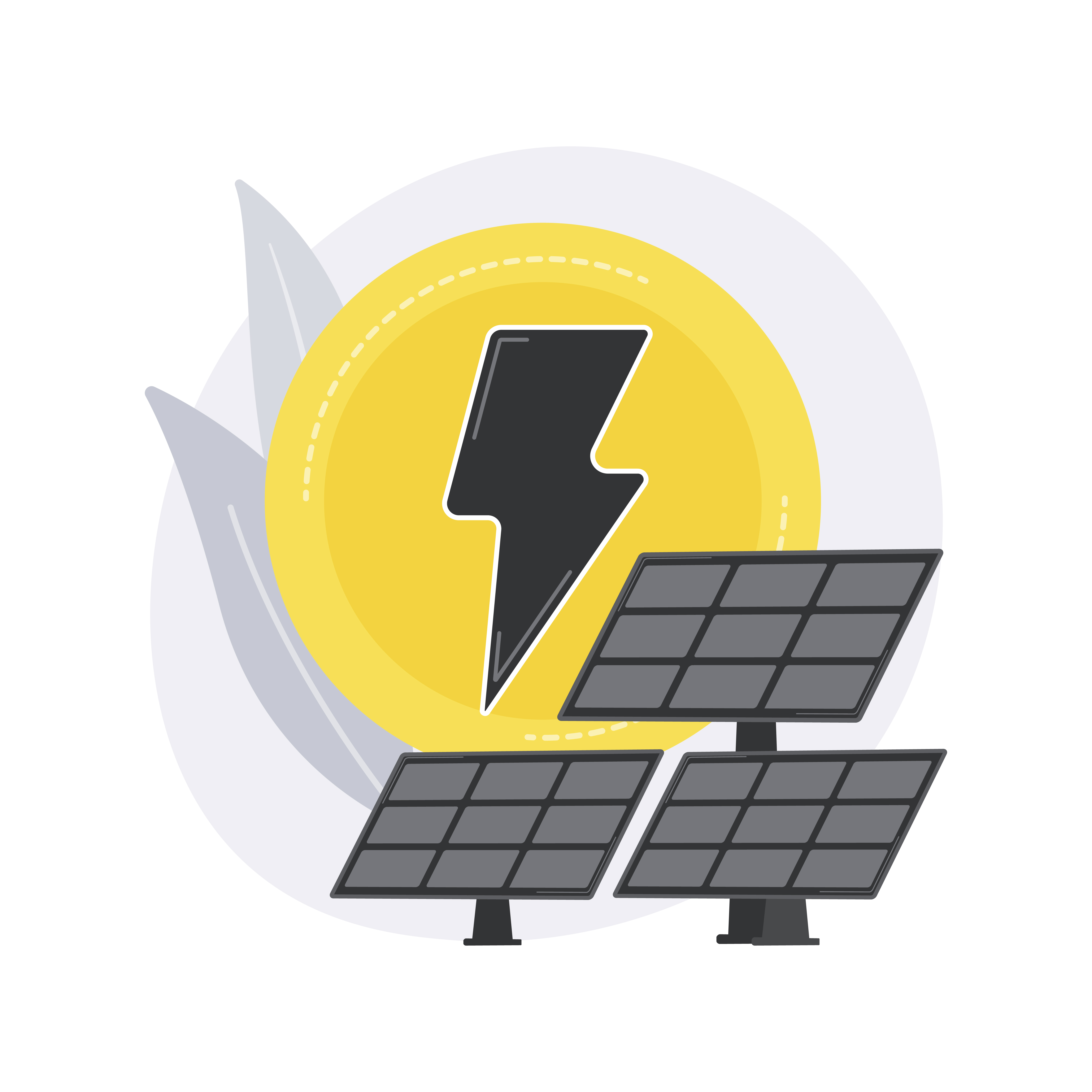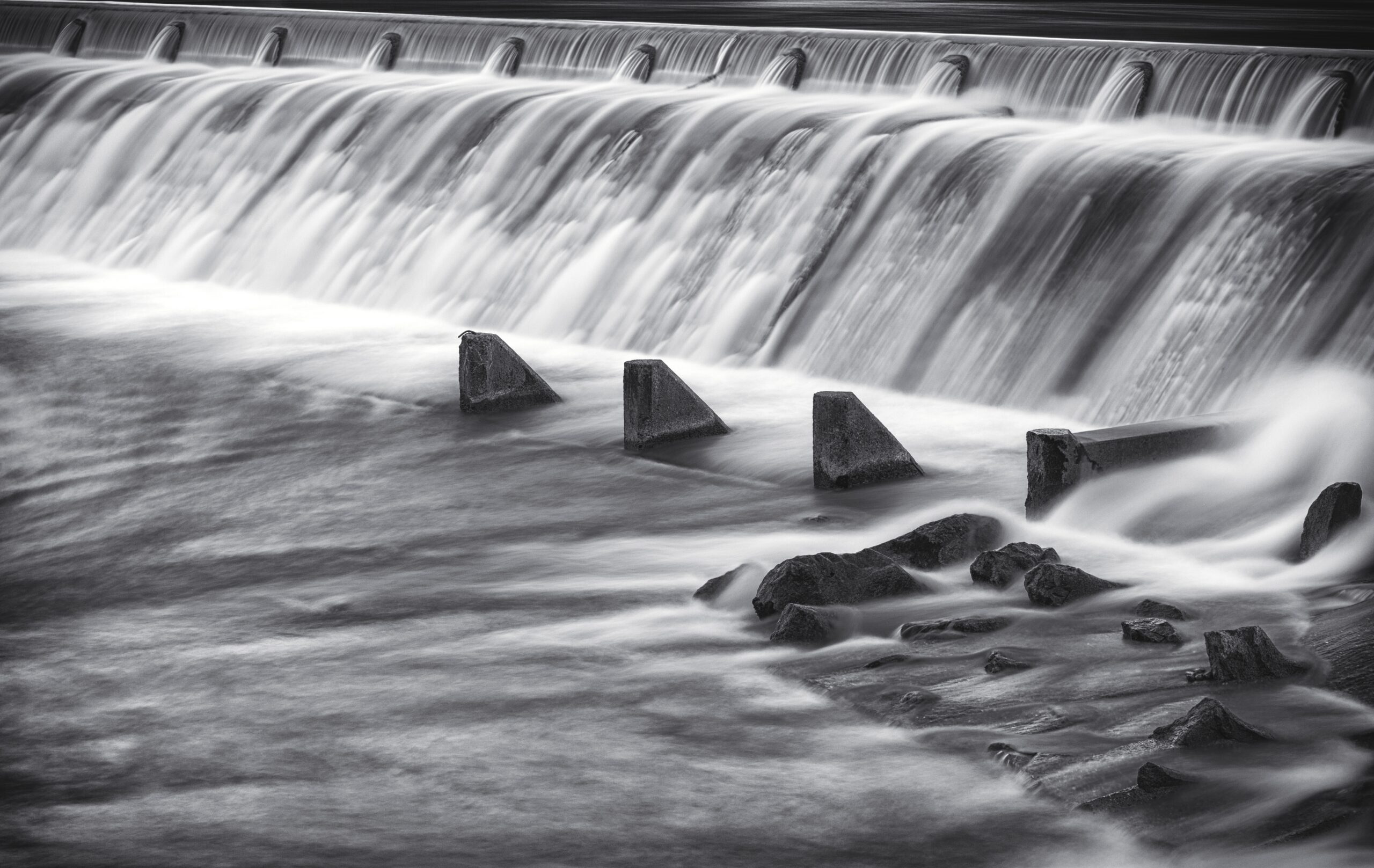Iceland is in the 10th position in geothermal energy with 754 Megawatt installed capacity generating 5,916 Gigawatt hours of electricity. This article will explore the Icelandic government’s aspirations and approach to advancing the use of this energy source. I will list the largest geothermal power plants, the top companies spearheading the sector and challenges hindering the growth of the geothermal energy industry.
Ambition:
Iceland aims to draw at least 40 per cent of its transport needs from renewable energy sources by 2030. In January 2017, the Icelandic government announced that it intends to achieve carbon neutrality by 2040, made into the Climate Act in June 2021. Moreover, it hopes to replace fossil fuels with renewable energy sources by 2050 and become a sustainable and clean economy.
Biggest Geothermal Power Plants:
- The Hellisheidi Geothermal Power Plant is in Hengill and is owned and operated by Orkuveita Reykjavíkur. It was built in five phases between 2006 and 2011 and expanded in 2018 with 303 megawatt capacity in electricity generation and 400 Megawatt in thermal energy.
- Nesjavellir Geothermal Power Plant is in the southwest region of Iceland, developed by Mannvit Engineering and currently owned by Orkuveita Reykjavíkur. Constructed in several phases, the Hellisheidi Geothermal Power Plant was commissioned in 1998, boasting a capacity of 120 megawatts.
- Reykjanes Geothermal Power Plant is in Reykjanes peninsula, designed by Enex and owned by HS Orka. Commissioned in December 2006, the power plant has a capacity of 100 megawatts.
- Theistareykir Geothermal Power Plant is in Landsvirkjun, developed by Þeistareykir. The construction began in April 2015, and operations started in 2017 with a 90-megawatt capacity.
- Svartsengi Geothermal Power Plant is in Svartsengi, developed by HS Orka. Developed across multiple phases starting in 1978, the sixth phase of construction concluded in 2008, achieving a capacity of 190 megawatts in thermal energy and 75 megawatts in electricity generation.
Top Companies:
- Arctic Green Energy, headquartered in Reykjavik, was founded in 2015. They develop utility-scale geothermal power plants and district heating projects.
- Landsvirkjun, headquartered in Reykjavik, was founded in 1965. A state-owned entity builds and operates renewable energy projects like geothermal, hydro and wind power plants.
- HS Orka, headquartered in Keflavik, was founded in 1974. It is a power generation and distribution company specialising in working with geothermal power plants.
- Reykjavik Geothermal, headquartered in Reykjavik, was founded in 2008. It specialises in identifying and targeting high-quality geothermal resources in underserved power markets.
- Loki Geothermal, headquartered in Reykjavik, was founded in 2014. A company specialising in developing geothermal equipment like wellheads and valves also offers maintenance services.
Challenges:
- The primary challenge arises from the uncertainty inherent in geothermal projects. Notably, multiple drillings are required to ascertain the presence of a viable geothermal resource.
- The second concern lies in the intricacies of the permitting process, which proves to be more complex compared to other renewable resources like solar and wind. This complexity has implications for the expansion of the geothermal energy industry.
- The third challenge is that, despite low operating costs, geothermal energy projects face a hurdle like high upfront costs, acting as a barrier to widespread deployment at scale.
Conclusion:
In conclusion, Iceland’s 10th position in geothermal energy, boasting 754 Megawatts, reflects a committed push toward a sustainable future. Ambitious goals like drawing 40% of transport energy from renewables by 2030 underline the nation’s dedication. Leading geothermal power plants like Hellisheidi and Nesjavellir, alongside companies such as Arctic Green Energy and Landsvirkjun, showcase Iceland’s prowess. Despite challenges like project uncertainties and high upfront costs, Iceland’s geothermal sector stands as a beacon of innovation. As the country strives for carbon neutrality by 2040, its geothermal success story inspires global endeavours toward a cleaner, greener energy landscape.
End Notes
https://adventures.is/blog/geothermal-energy-iceland/
https://www.power-technology.com/marketdata/power-plant-profile-nesjavellir-iceland/
https://power-technology.com/projects/reykjanes/
https://www.verkis.com/projects/energy-production/geothermal-energy/nr/936
https://www.nsenergybusiness.com/features/geothermal-energy-plants-iceland/
https://www.power-technology.com/projects/theistareykir-geothermal-power-station/
https://www.landsvirkjun.com/powerstations/theistareykir





